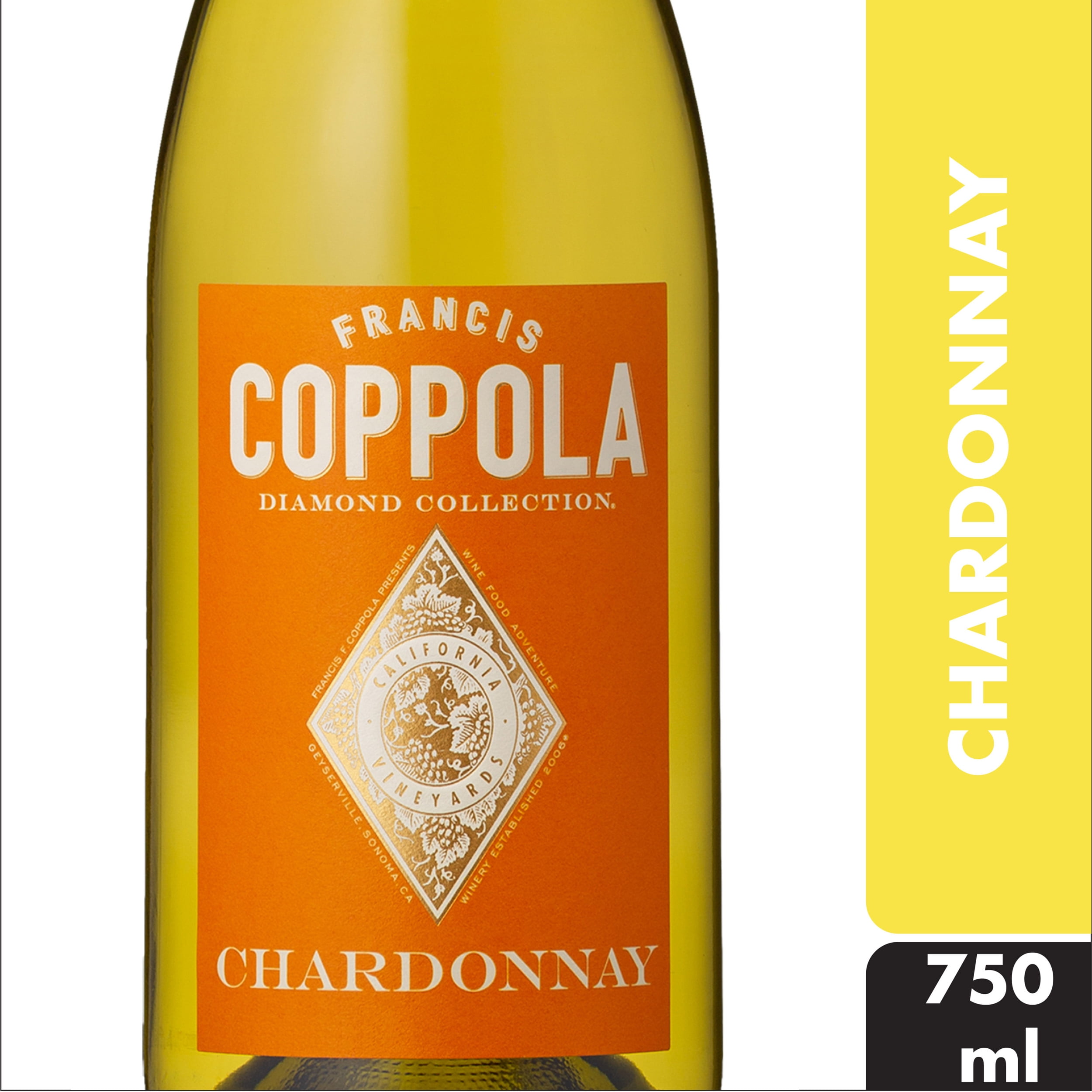

The vintage provided us with a mild growing season, allowing for very nice complexity and outstanding quality to this year's fruit. Winter and spring rains provided sufficient water in the soil through midsummer, with irrigation not starting until July. This maritime layer cools the vineyards down in the evenings from their daytime temperature by as much as 35 to 40 degrees, creating conditions that allow the gradual ripening of grapes, and better retention of natural acidity for a perfect balance.Ģ019 was the first time that California has been 100% drought-free since 2011. The climate of the Russian River Valley is greatly influenced by the fog that rolls in each evening from the nearby Pacific Ocean.

It is in this spirit that we offer The Family Coppola 93rd Awards wines. Each year, Hollywood honors and celebrates the best of the year’s films and filmmakers. Wine, like cinema, is the result of many people coming together to execute a singular artistic vision.

For Francis Ford Coppola, all these endeavors embody a celebration of life, merely designed with different tools. So has making art and providing entertainment, from music and cinema, to dining experiences and international hideaway adventures. Caramel, cream, smoke, spice, coconut, cinnamon, cloves, and vanilla are just a few of the tastes that may be found.Winemaking has been a Coppola family tradition spanning several generations. Depending on the quantity of charring that was applied to the wood, this might impart a "tastiness" and tastes to the wine that many wine consumers mistake for characteristics of the grape variety itself. Oak can be incorporated during the fermentation process or after the fermentation process in the form of barrel aging. The wines that do not go through MLF will have more green (unripe) apple tastes than those that do go through MLF. Malolactic fermentation (also known as MLF) occurs when the harsher malic acid is changed into the softer lactic acid and diacetyl, which results in the characteristic ""buttery-ness"" associated with particular Chardonnay varietals. The usage of malolactic fermentation and the amount of oak influence utilized in the production of a Chardonnay wine are the two winemaking decisions that have the most impact on the ultimate outcome of a Chardonnay wine. With 210,000 hectares (520,000 acres) of land under cultivation globally, it is the second most extensively planted white wine grape variety after Airén, and the fifth most extensively planted of all wine grape kinds.Ĭhardonnay is a versatile grape that can be used to produce practically every type of wine, from dry still wines to sparkling wines to sweet late harvest wines and even botrytized wines (though its susceptibility to other less favorable rot makes these wines rarer). The popularity of Chardonnay reached its zenith in the late 1980s, only to be followed by a backlash among wine aficionados who considered the grape as a major negative component of the globalization of wine. Wines that have undergone malolactic fermentation feature softer acidity and fruit aromas, as well as a buttery texture and hints of hazelnut.Ĭhardonnay is a key component of numerous sparkling wines across the world, notably Champagne and Franciacorta in Italy, which are both made from the grape. Temperature-dependent flavors (such as those found in the Adelaide Hills and Mornington Peninsula in Australia, as well as the Gisborne and Marlborough region of New Zealand) become more prominent in warmer climates, while in extremely warm climates (such as the Central Coast AVA of California), fig and tropical fruit notes such as banana and mango become more prominent. With a medium to light body, prominent acidity, and flavors of green plum, apple, and pear, Chardonnay wines produced in chilly regions (such as Chablis and the Carneros AVA of California) tend to be medium to light in body with obvious acidity and notes of green plum, apple, and pear. It is vinified in a variety of styles, ranging from the lean, crisply mineral wines of Chablis, France, to the oaky, tropical fruit-flavored wines of the New World. The Chardonnay grape itself is flavorless, with many of the notes that are popularly associated with the wine acquired from factors such as terroir and oak aging.

Growing Chardonnay is seen as a "rite of passage" and an easy way to get into the worldwide wine market for new and expanding wine areas. The grape variety was developed in the Burgundy wine area of eastern France, but it is now planted all over the world, from England to New Zealand, where wine is made.
Coppola wine chardonnay skin#
Chardonnay is a white wine grape variety with green skin that is utilized in the manufacture of white wine.


 0 kommentar(er)
0 kommentar(er)
